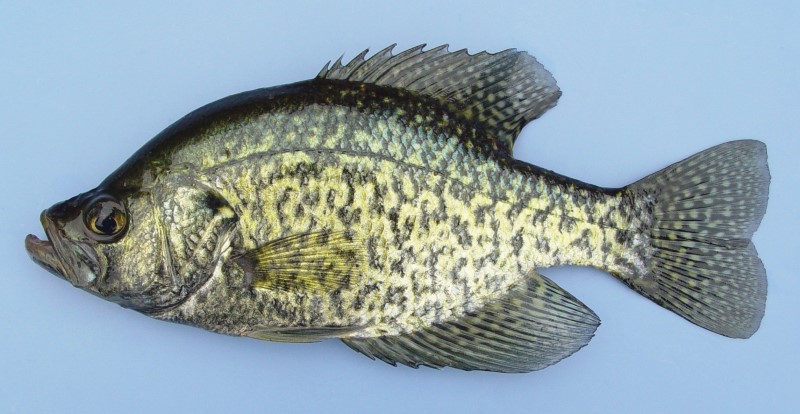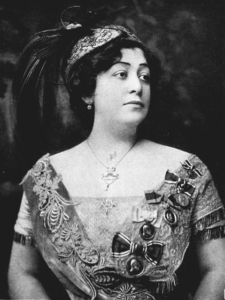Gustav Mahler

Gustav Mahler
German composer Gustav Mahler (1860-1911) suffered three major traumas the summer of 1907 – His oldest daughter Maria died from diptheria.
After a brilliant few years as music director of the Vienna Court Opera, Mahler was forced out by a combination of systemic anti-Semitism and sleazy underhandedness.
Finally he was diagnosed with angina and given at best two to four years to live .
In a letter to his good friend Bruno Walter, Mahler wrote:
“With one stroke, I have lost everything I have gained in terms of who I thought I was and have to learn my first steps again like a newborn. ”
In 1908, the composer began work on Das Lied von der Erde, translated as Song of the Earth and based on ancient Chinese poetry. It is a song cycle of six movements scored for tenor, contralto (or baritone), and orchestra and, along with the Ninth and unfinished Tenth Symphonies, was not performed until after Mahler’s death.
The poems from which the composer drew inspiration speak of the transience and superficiality of life in this world, of its temporary joys and sorrows and of fate, with such titles as Drinking Song of Earth’s Misery; Lonely One in Autumn; Of Youth; Of Beauty; Drunken Man; and Fate, topics already preoccupying his mind with the cardiac Damocles sword hanging by a thread.
The Symphonies and Song Cycles all evoke the constant clash between Mahler’s intensely spiritual side – his ongoing desire to experience peace and create his music; and his bitter, angry, at times vitriolic personality in dealing with a world that made it impossible to experience that peace because of all its bombast and violence. In short, Gustav Mahler was a manic/depressive.
In his liner notes for a 78 set of Das Lied, Nicholas Slonimsky (1894-1995) pinpointed a certain duality in this musical worldview and then recounted the circumstances of this piece’s composition:
“Although Mahler invariably denied that his symphonies had a program or story behind them, each work was a chapter in his struggle with himself, or, as he believed, with some mystical evil force.
“Bruno Walter [1876-1962], his friend and interpreter, tells us a strange story which seems to have come from out of Edgar Allan Poe:
‘While at work in his cottage in Toblach [a summer lakeside retreat in Italy], he was suddenly frightened by an indefinable noise. All at once something terribly dark came rushing in by the window, and, when he jumped up in horror, he saw that he was in the presence of an eagle which filled the little room with its violence. The fearsome meeting was quickly over, and the eagle disappeared as stormily as it had come. When Mahler sat down, exhausted by his fright, a crow came fluttering from under the sofa and flew out. ‘
“Walter thinks that this episode happened at the time Mahler was composing Das Lied, and that Mahler referred to the work as a Symphony in songs:
‘It was to have been his Ninth. Subsequently, however, he changed his mind. He thought of Beethoven and Bruckner, whose Ninth had marked the ultimate of their creation and life, and did not care to challenge fate. He turned to the last movement of Das Lied, it also being the longest, and said to me, “What do you think of it? Will not people do away with themselves when they hear it?” ‘ ”
As mentioned earlier, Mahler managed to complete the Ninth Symphony and a completed movement and sketches for a Tenth Symphony. On May 18, 1911, he died from a combination of pneumonia and other ailments. Six months and 12 days later on November 30, Bruno Walter conducted the world premiere in Munich.
On May 24, 1936, Walter led the Vienna Philharmonic in a live performance which was recorded and released on Columbia Masterworks (MM-300, seven 12-inch 78s) with contralto Kerstin Thorborg and tenor Charles Kullman; the Maestro would record it again with the VPO in 1947 and with the New York Philharmonic in 1960. Each of them is very good.
The work has generated many other recordings of distinction. My first exposure to this extraordinary music came via a 1967 recording on the Decca/London label, yet again with the Vienna Philharmonic but this time conducted by Leonard Bernstein (1918-1990) with tenor James King and baritone Dietrich Fischer-Dieskau, and a performance brimming with eloquence on a sublime level.
It and other performances can be heard on YouTube.
Bernstein also left very persuasive recordings of the ten Symphonies and the Songs of a Wayfarer and Kindertotenlieder Cycles. Interestingly he declared Das Lied von der Erde “Mahler’s greatest Symphony.”
William Saroyan

William Saroyan
A 1943 novel, The Human Comedy, by the Armenian/American writer William Saroyan (1908-1981), opens with a joyously colorful scene through the mind of a little boy:
“The little boy named Ulysses Macauley one day stood over the new gopher hole in the backyard of his house on Santa Clara Avenue, in Ithaca, California. The gopher of this hole pushed up fresh moist dirt and peeked out at the boy, who was certainly a stranger but perhaps not an enemy. Before this miracle had been fully enjoyed by the boy, one of the birds of Ithaca flew into the old walnut tree in the backyard and after settling itself on a branch broke into rapture, moving the boy’s fascination from the earth to the tree.
Next, best of all, a freight train puffed and roared far away. The boy listened, and felt the earth beneath him tremble with the moving of the train. Then he broke into running, moving (it seemed to him) swifter than any life in the world.”
Saroyan once gave the following advice to a young writer “to learn to breathe deeply,…to taste food when you eat…when you sleep really to sleep…to be wholly alive with all your might.”
In 1939, Saroyan collaborated with a younger cousin Ross Bagdasarian (1919-1972) in transforming an Armenian folk song into Rosemary Clooney’s 1951 megahit record Come On A My House.
Bagdasarian would achieve his own fame as David Seville, the creator of TV’s Alvin and the Chipmunks.

 by Joyce Bucciantini
by Joyce Bucciantini

 Once properly diagnosed, thyroid disease can be treated in many ways.
Once properly diagnosed, thyroid disease can be treated in many ways.














